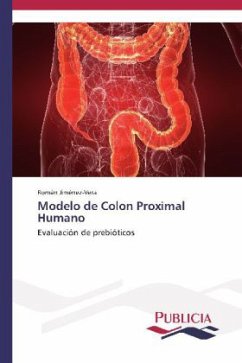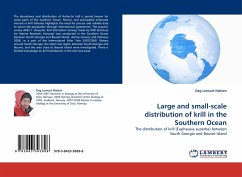The large intestine is the second to last part of the digestive system the final stage of the alimentary canal is the anus in vertebrate animals. Its function is to absorb water from the remaining indigestible food matter, and then to pass useless waste material from the body. This article is primarily about the human gut, though the information about its processes are directly applicable to most mammals. The large intestine consists of the cecum and colon. It starts in the right iliac region of the pelvis, just at or below the right waist, where it is joined to the bottom end of the small intestine. From here it continues up the abdomen, then across the width of the abdominal cavity, and then it turns down, continuing to its endpoint at the anus. The large intestine is about 1.5 metres (4.9 ft) long, which is about one-fifth of the whole length of the intestinal canal.
Bitte wählen Sie Ihr Anliegen aus.
Rechnungen
Retourenschein anfordern
Bestellstatus
Storno








